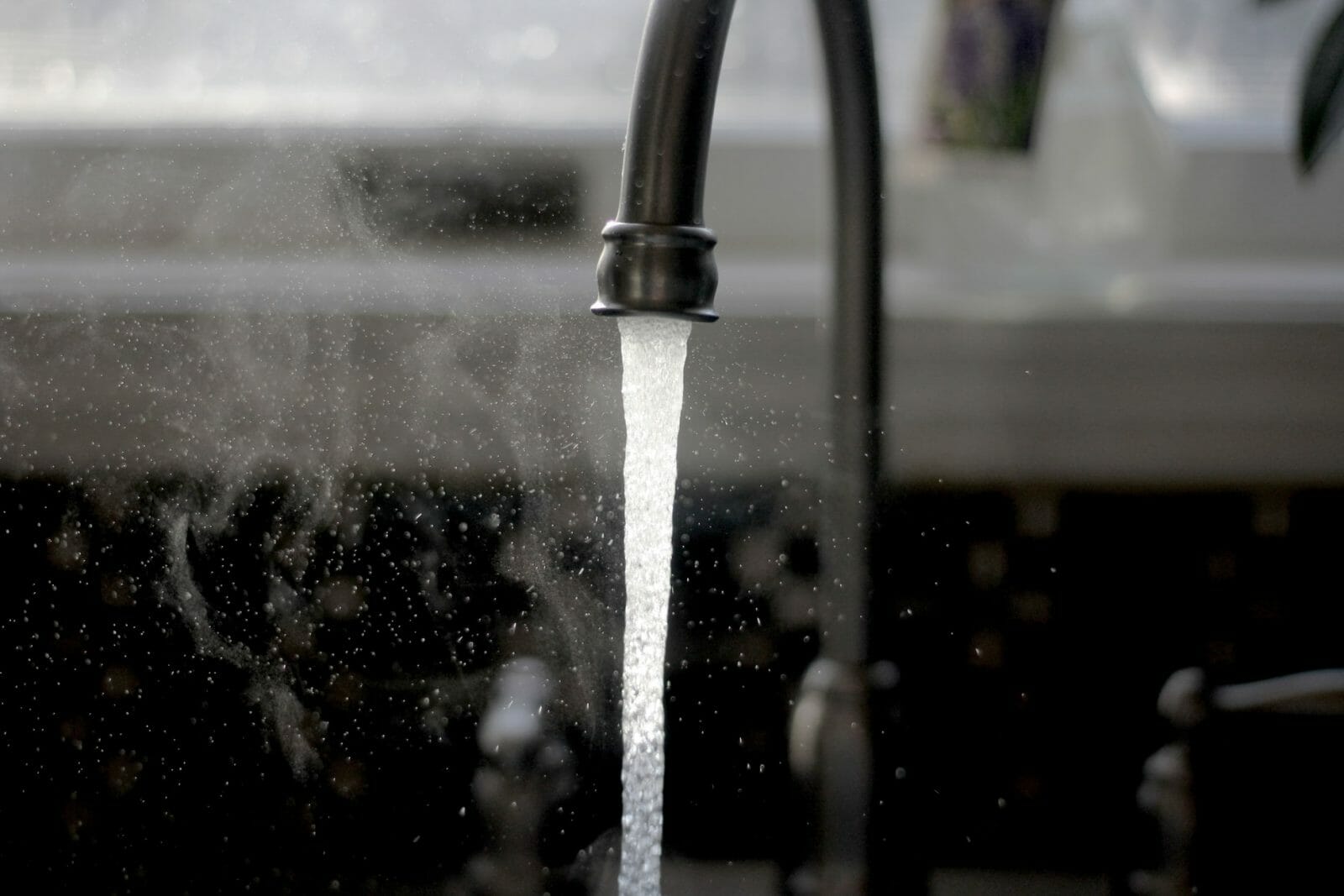Discarded plastic wastes are encountered throughout the world; yet even more ubiquitous are the small particles not readily seen with the naked eye. These nano- and micro-sized plastic particles—smaller than a grain of sand—are formed from the degradation of the larger plastic materials and wastes already out in the environment.
In recent years a surge of research has been conducted to better understand the scope of global nano/microplastic contamination and how it will affect our ecological and human health. Unfortunately, the general result has been “seek and you shall find,” with researchers detecting these compounds in nearly every location sampled.
Unexpectedly high concentrations of nano/microplastics have been found in disparate regions, including Arctic snow, deep ocean waters, air in the Alps and even our drinking water. But does the presence of these small plastic particles pose a threat?
Aside from the obvious risk of ingesting plastic debris instead of nutrient-rich food, the small plastic particles can also absorb other pollutants – such as polychlorinated biphenyls (PCBs), polycyclic aromatic hydrocarbons (PAHs), heavy metals and pesticides – and then transport those harmful compounds inside the organism. An added concern is the microscopic size of nanoplastic particles could allow them to pass through cell membranes and impact normal cell function.
In August the World Health Organization (WHO) published a guidance document that summarizes the state of microplastics research and weighs in on the threat these small plastic particles could pose to drinking water.
Based on nine studies conducted to date, the average microplastic particle concentrations measured in drinking water ranged significantly from 10-3 (in samples of drinking water derived from groundwater) to 1,000 particles per liter. The WHO also summarized and assessed toxicological studies to determine potential human health risks associated with microplastics.
Based on the current understanding of microplastic bioavailability and drinking water concentrations, the WHO concluded that exposure to microplastics through drinking water does not result in a significant health risk, and that routine sampling for nano/microplastics at drinking water facilities is not warranted at this time. However, the organization conceded that the evidence from which this conclusion is based is limited and more research is needed.
The WHO urges further research into nano/microplastics in drinking water to provide more robust data. In addition, the WHO encourages researchers to evaluate other potential impacted media (such as wastewater treatment waste sludge and air emissions) and their potential impacts to human health and other ecological receptors.
If you’re responsible for the environmental compliance of industrial sites, involved in water utility maintenance and reporting or manage wastewater or sludge treatment, it’s important to stay current on the global interest in nano/microplastic particles and their potential impacts to human health and the environment.
TRC can help. Our CORE Emerging Contaminants group pays close attention to nano/microplastics by tracking research and development progress in the following categories:
- Major nano/microplastic sources
- Degree and extents of environmental impacts
- Ecological and human health risk assessments
- Guidance from global organizations/regulators
- Treatment/management options
For more information, contact Alia Enright at aenright@trccompanies.com.



